~Dave Goldberg
|
My enneagram, Meyers-Briggs + astrology sign all attest to the fact that I feel things deeply. I imagine that this year has had us all feeling things deeply, no matter where we fall on these spectrums.
Today, I came across a concept that is not new, yet felt timely + worth noting...emotional flexibility. One aspect of emotional flexibility takes into account that we feel a variety of feelings throughout the day + allows us to both feel them one at a time and to hold them all at once. This feels like the answer to the riddle I've been trying to solve this year. How do I experience the accomplishment of my daughter's graduation while knowing that my friend will never see her son graduate? How do I laugh at a silly joke, while people are dying alone due to Covid? How do we celebrate the holidays with gifts, when so many are facing eviction + food pantry lines? Joy + pain...desire to forget for one second + guilt. We balance these thoughts + emotions every day, but I think lately the heavy stuff has felt just so extremely heavy. So these words from Brad Stulberg feel powerful: "Embracing the murkiness — and cultivating the emotional flexibility required to do so — yields large dividends. Resilience comes from deliberately practicing joy, even during awful times; happiness is intensified by experiencing and feeling deep sadness." Emotional flexibility involves both advanced mental gymnastics + the most basic observations of life. It may feel natural when it allows us to clean up explosive diapers while not forgetting the existence of baby belly laughs + soft warm heads against our cheeks. It may take work when we experience frustration over the ever present socks next to the bed again...and have to remember the comfort that comes from knowing they always endure our cold feet in bed. A few ways we can cultivate our emotional flexibility: -allowing ourselves to feel our feelings without guilt -noticing + naming our feelings -journaling (to express + explore more deeply + gain perspective) -write down three good things every day -asking about + acknowledging the legitimacy of other's feelings -practicing being present in all that we do (this releases us from the past + the future) -exercising (can get us into our bodies + out of our minds) -connecting with others (especially those who are emotionally flexible or provide perspective) -connecting with our deeper values -spending time in nature -reaching out for professional help when needed Emotional flexibility gives us permission to notice the beauty of a cloud-filled sky even as we are experiencing pain + loss. It allows us to feel sadness even as we know Georgia O'Keefe + mangos + sunbeams + new leaves on trees + desert wildflowers. Emotional flexibility strengthens our resilience + keeps us from depression + despair. It acknowledges that we contain multitudes...and that just might be our superpower. Loads of love to you, Jane I'm not sure if anyone decided to do any of the experiments with less over the past few weeks. This might have seemed like a weird time to try less in the kitchen, but it might just have been the perfect time. The holidays are the just-in-case time that we are often thinking of when we wonder if we could ever do without all of the things we keep in our kitchens. These holidays were probably different than the usual (due to Covid-19), but they might be just the ones to get us thinking a little bit differently. (Also...there is no reason that these experiments couldn't be done now or at any point.) :) If you did do any or all of the experiments with less, how did "less" make you feel? Did your drawers, cupboards or walls feel a little bit less chaotic? Was it easier to clean? Did simple methods make you feel a little bit more in touch with your meals? Did you feel less pressure to use neglected tools? Did you employ any new habits? Were there any benefits? Did you start thinking differently about anything? Have you come closer to recognizing your personal "enough"? It might be helpful to write our answers down. The act of writing can anchor these thoughts in our minds. Ask the others living in your space for their feedback. Sometimes we get surprising answers. Sometimes I find that I've been anticipating people's annoyance...only to find out that they like the change + have positive reasons that I haven't even crossed my mind! (yay!) Now we can decide if we want to extend the experiment + address the things we've set aside at a later date...or if we want to address them now. If you decide to wait, schedule a date in your calendar (not more than 6 months from now)...so that the time does come. The things that you are no longer using can be useful to others. When taking a look at the set aside items, few different categories of things might arise: Seasonal pieces :: You get to decide if you want to keep a Halloween-only, candy bowl or a just-for-Christmas platter. If simplifying interests or becomes a necessity, think multifunctionality. One beautiful, cream platter can work for all the holidays + may be a beautiful piece to collect incoming + outgoing mail on ordinary days. The same basket that holds a collection of mittens + hats could corral the Halloween candy for a few hours each year. Holiday decorating can be done with pumpkins, pine boughs + popcorn garlands that can be composted when the festivities are over. Sentimental pieces :: Consider limits. I'm keeping my maternal grandma's plates + bowls. These were the only ones that survived from her wedding china. I have a quilt that my paternal grandma pieced + my mom finished. We use it as our picnic blanket. I have my mom's sewing basket, which I keep sewing bits in too. Along with some photos + letters, these items are useful, beautiful + have meaning to me. Use what you keep. I like to use my sentimental items, because I get to see them + they make me happy. A friend of mine displayed her children's painted plates around the soffits in her kitchen. We used our girls' painted plates for our meals for years. As our girls grew older, I thought they might be less enthusiastic about eating off of them when friends came for dinner. Now we eat their birthday cakes off of them each year.
(It might also be helpful to go back to the original posts :: 01, 02, 03, 04, 05 :: to revisit some of the considerations when deciding what to include in our "enough".) Excess pieces :: Get them used. Let's do our best to get our excess items into the hands of those who will appreciate them. If others want an item to stay in the family, entrust it to them. My goal is kindness when offering items to others. I let them know that I'm letting go of some things + if any of those things might be useful to them...great. If not...great. I just thought I'd offer. I try to be mindful of not letting these things become another's burden. If someone has a problem letting things go or has already communicated feelings of overwhelm or guilt in regards to "stuff", I might not ask them if they wanted more things. I think that is kindness too. Offer things to an agency that works with adolescents aging out of foster care, refugees, abused mamas, formerly incarcerated or homeless folks. Sell things or offer them on a free website. Hopefully these experiments with less have left you feeling more of something positive! Hopefully they've helped you recognize your "enough" in the kitchen! Take note + celebrate! Find our experiments with less in the kitchen here: 01, 02, 03, 04, 05, 06. Love, Jane This jacket was a slow make...not because it was especially time consuming to sew. I just took my time making decisions...like what pattern to use (this was my original plan), whether or not to add a lining, whether or not to add a collar, and what closure method to employ. The fabric felt extra precious + that increased the pressure to get this project just right. A note on this fabric :: I haven't seen the actual structure of this fabric discussed online (I'm sure it has been, I just haven't come across it), so I thought I'd mention it here. It feels luxurious like I thought it would...soft, with some heft + weight. The reverse side, however, is a very delicate, loosely woven cotton cheesecloth. The wadding is just cotton yarn laid in rows + tacked only by the visible quilt lines. When the fabric is cut, these yarn strands are loose + able to shift within the open square. The reverse side of my fabric showed pilling after a single prewash + line-dry. These factors led to the feeling that this fabric needed to be lined, which was not planned. I contemplated whether or not to quilt the whole jacket to this lining. I would have liked to quilt it by hand, but couldn't find any floss to match. At the moment, only the pockets are quilted to their linings. I will see how shifty the rayon/linen lining is with wear. Pattern modifications :: I used the Grainline Tamarack Jacket pattern, straightened the hemline + lengthened the body a bit. A lining was added. To keep the jacket from flaring out at the hem, I added 2 inch wide elastic at the back hem. A collar + patch pockets were also added.
Snaps were used as the closure method. I get nervous about the durability of the snaps on this delicate fabric, but I think it gives the jacket a nice finish whether or not I use them. Pattern :: Grainline Tamarack Jacket (modified) Fabric :: Merchant & Mills Jacquard cotton Lining :: rayon/linen from Joann Love, Jane So, I just couldn't seem to make myself wear my first pair of overalls made from this pattern. They just felt too big. I decided to make another pair with some fabric that I already had...my favorite indigo linen cotton. I made this pair 1 1/2 sizes smaller than my measurements called for according to the pattern. It's simple enough to look at the finished garment measurements to know that there will be sufficient ease. It's just a little difficult to know exactly how much ease would be desired in a piece like overalls. I did want mine to be a little bit oversized...and while I could still size down in these...I like these overalls much better than the first pair I made from this pattern. (I couldn't be much more uncomfortable in front of the camera, but I do so enjoy seeing patterns made up + on bodies...so I feel obliged to contribute my own for what it's worth.) I don't trace my patterns, so I appreciate that this pattern was nested for the most part...meaning that I could just cut it down to the smaller size with only minimal need for piecing + taping at the curves. I made this pattern without modification. A little of my Liberty stash was used for the insides. Liberty Tana Lawn is some of the sturdiest fabric I've sewn with, even as it is so lightweight. It will stand up to all the use these pockets will get + not add any bulk. I've lined the pockets of all my overalls with Liberty. I wear this pair (with this modification) about once per week year round + they've stood up well to all the wearing + washing. These overalls sat waiting for their hardware for a while. I feel like these closures are a bit heavy duty for the linen fabric, but I couldn't really see a way around using them since I didn't want to use buttons + button holes and needed something easy enough to do + undo throughout the day. ;) I admire these linen overalls that use metal closures, so I felt encouraged to give these a try.
Pattern :: Merchant & Mills Harlene Fabric :: indigo linen cotton (bought locally) Hardware :: Citron Jeans Love, Jane all the babies makes loungewear for little ones + adults in Los Angeles. Non-toxic dyes are used on their GOTS certified organic cotton. The mother + daughter design team founded all the babies with the idea of clothing babies in organic cotton + taking back outgrown all the babies clothing to give to babies in need. Of course mamas can pass on these pieces in their own communities as well.
All lovely photos via all the babies. My childhood, winters in snowy Michigan always involved two pairs of hand-knit, wool mittens layered one on top of the other + connected with a string through my coat sleeves. Winter was my favorite season + mittens enabled elaborate snow forts, sledding, cross-country skiing, iceskating + lots of snowmen.
Knitting mittens can be a good way to use up yarn scraps. A few friendly stitches added to a pair of handmade or store-bought mittens (gloves, hat or scarf) might make a cozy little holiday break project or last minute gift. These embellishments could also be a happy way to mend holes or cover stains on well-loved winter attire. Use contrasting, leftover yarn to add flowers, initials or snowflakes mimicking the stitches of the knit. Stitch on felt shapes, pompoms or felt balls. Add a colorful string to keep mittens from getting lost. Needle felt a few polka dots or hearts on to mend + camouflage holes. Stitching a little extra love into these cozy little things might make it a bit easier to get outside + do all the good stuff winter has to offer. :) All lovely photos via links. Love, Jane |
on a journey toward zero-waste, simplicity, + compassion :: daring to choose fair one choice at a time
|


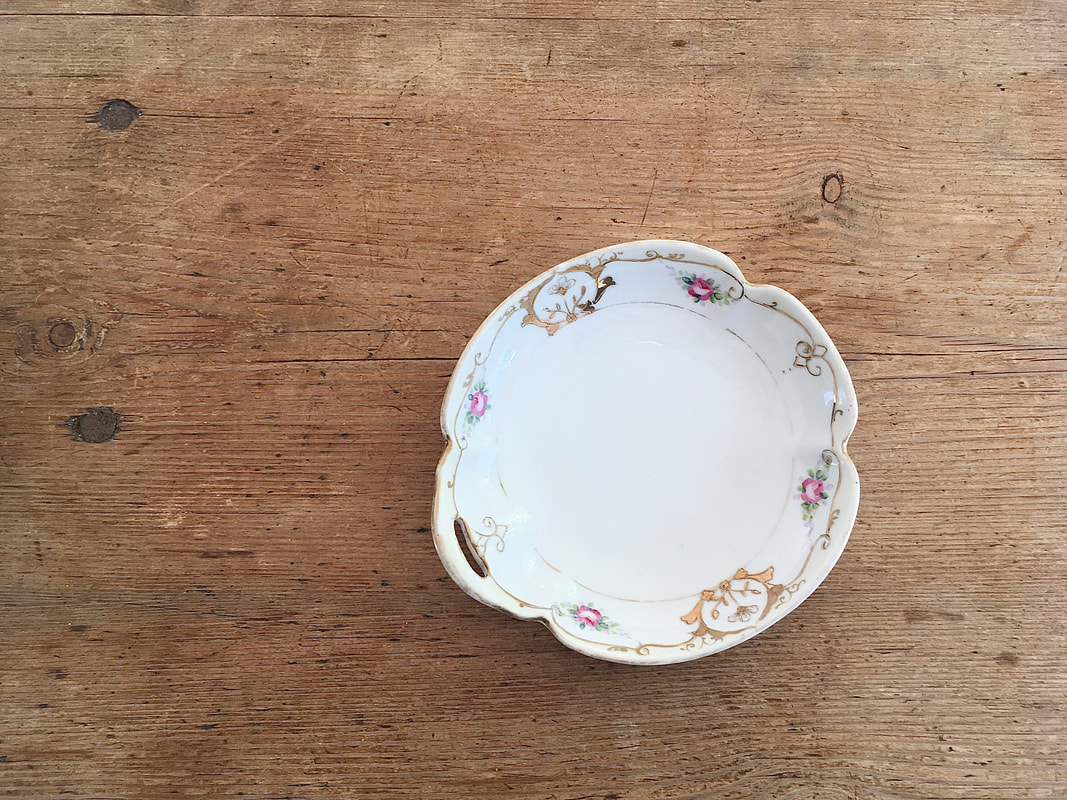
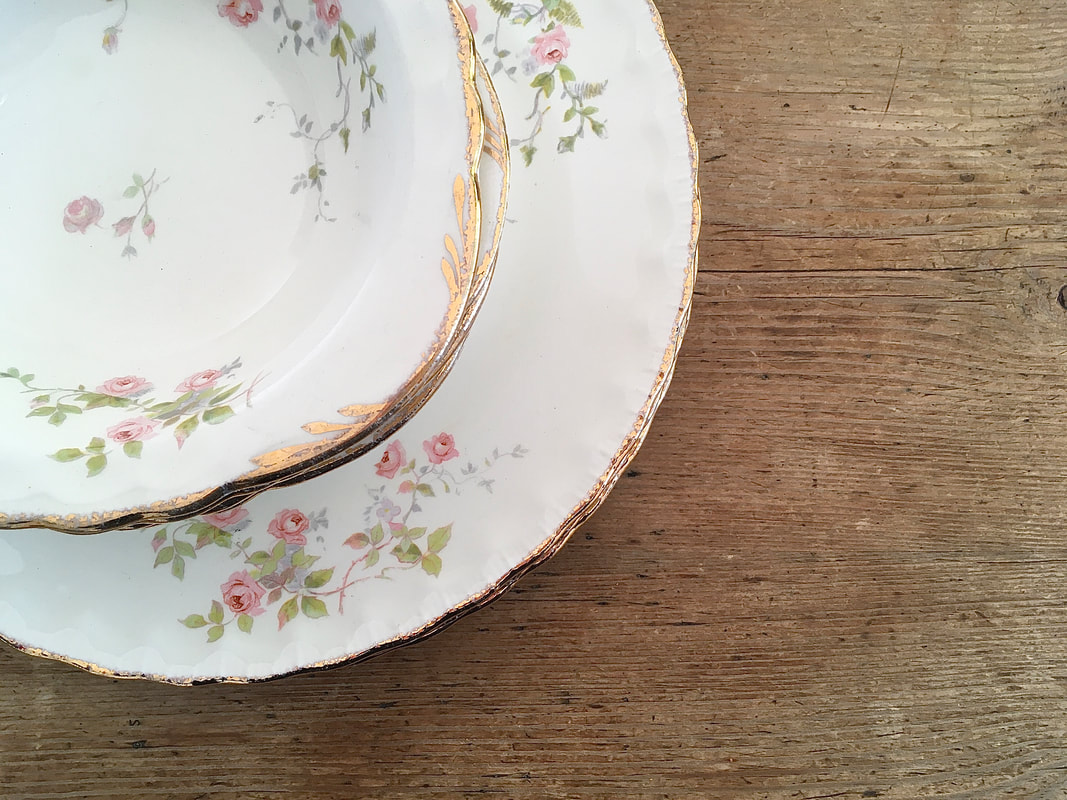
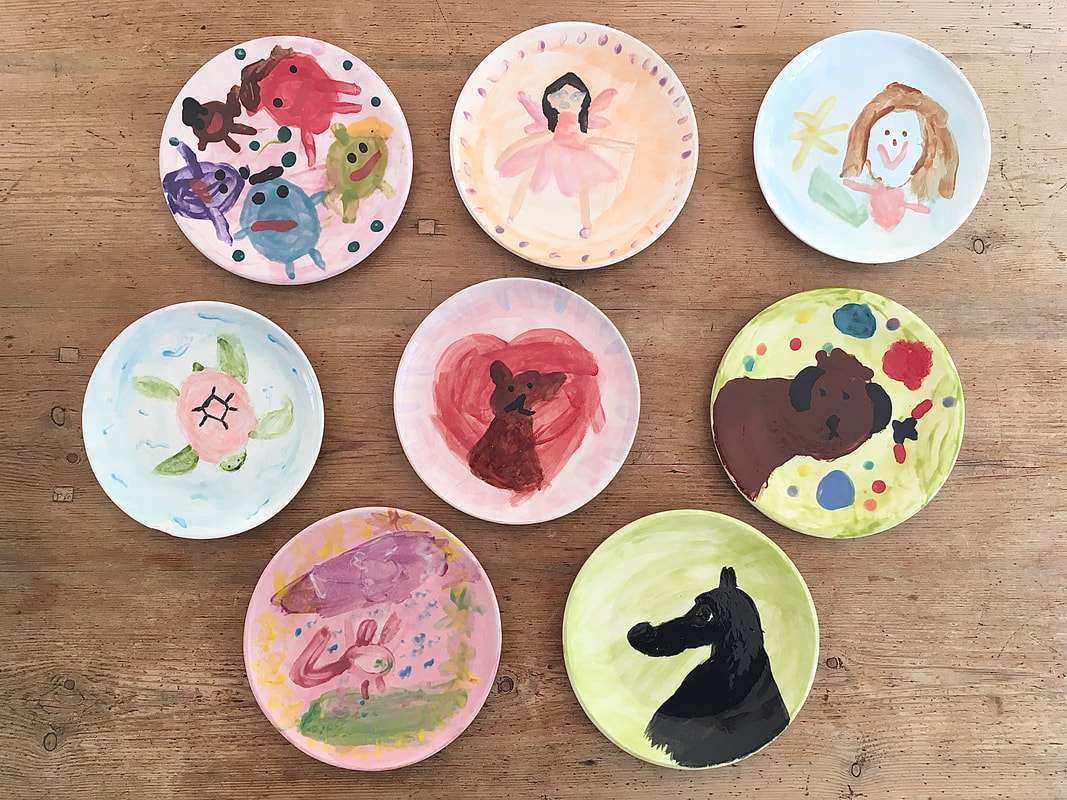
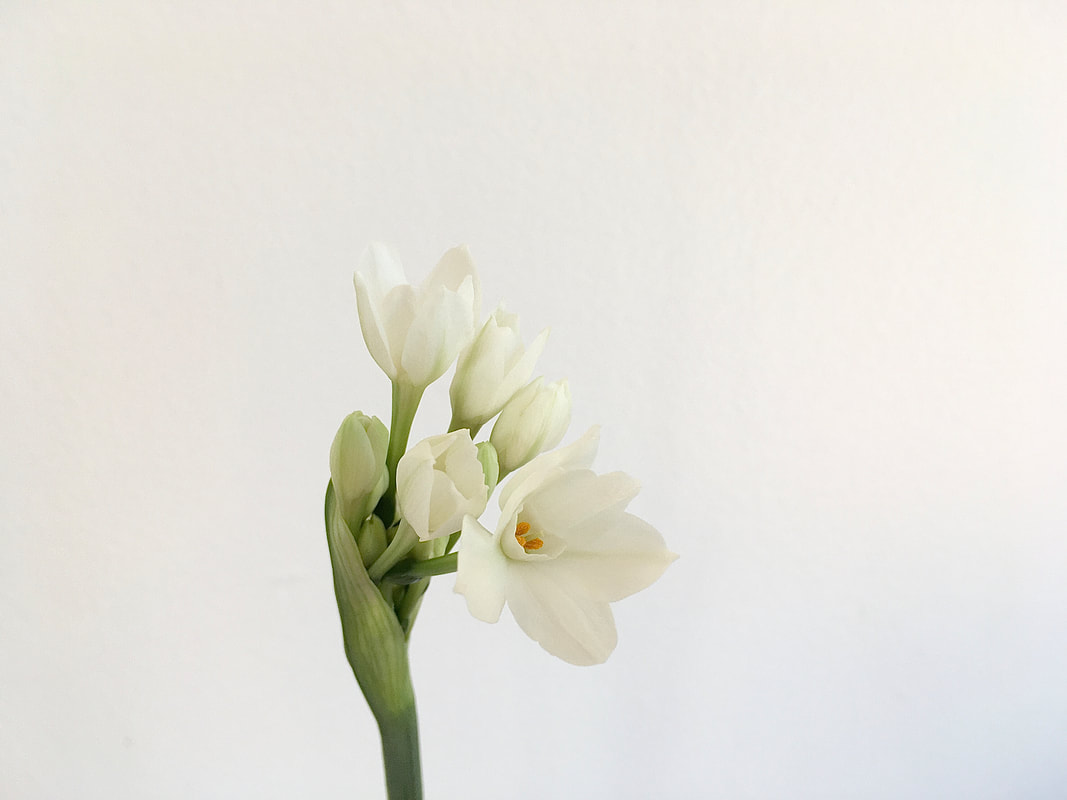
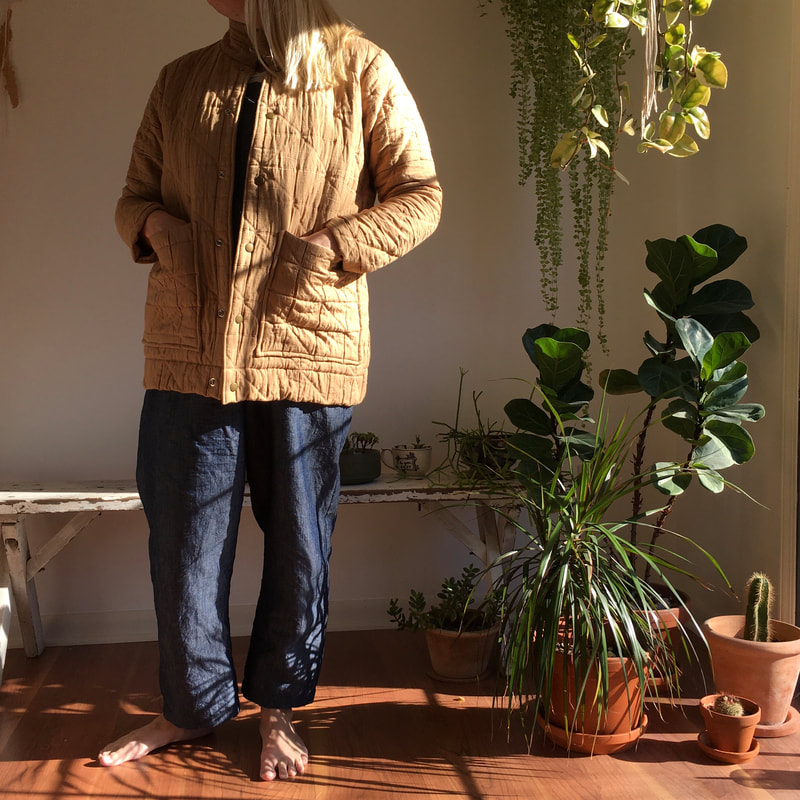
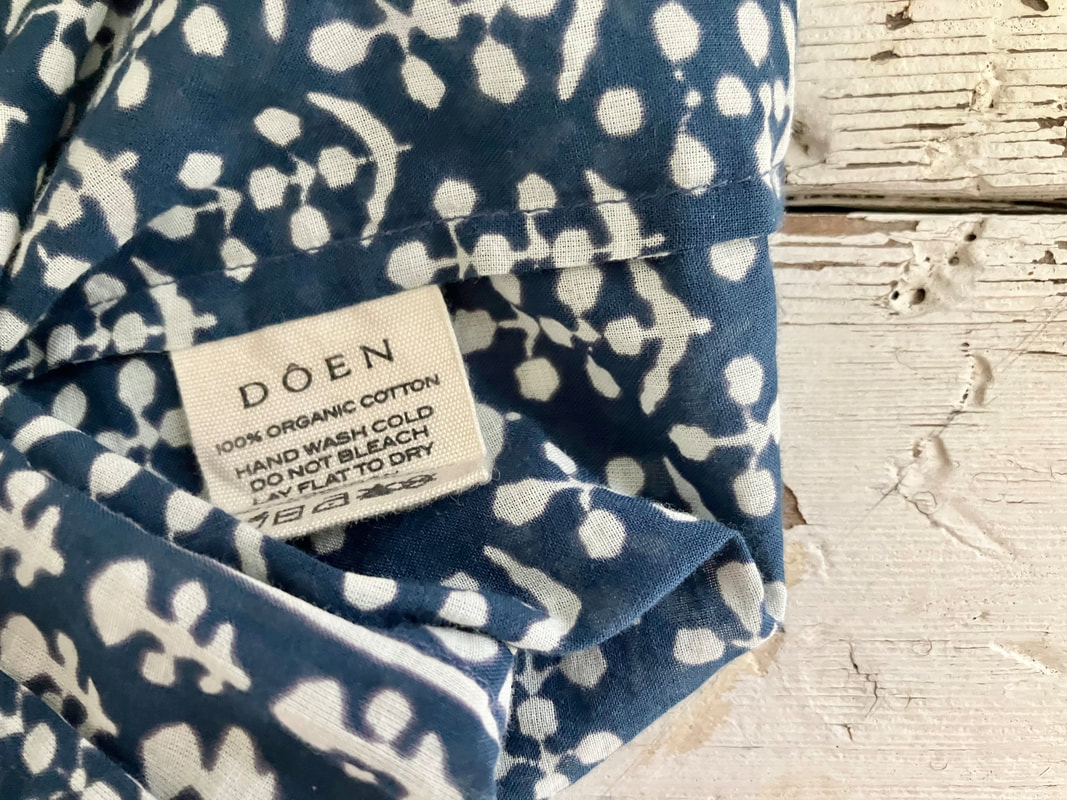
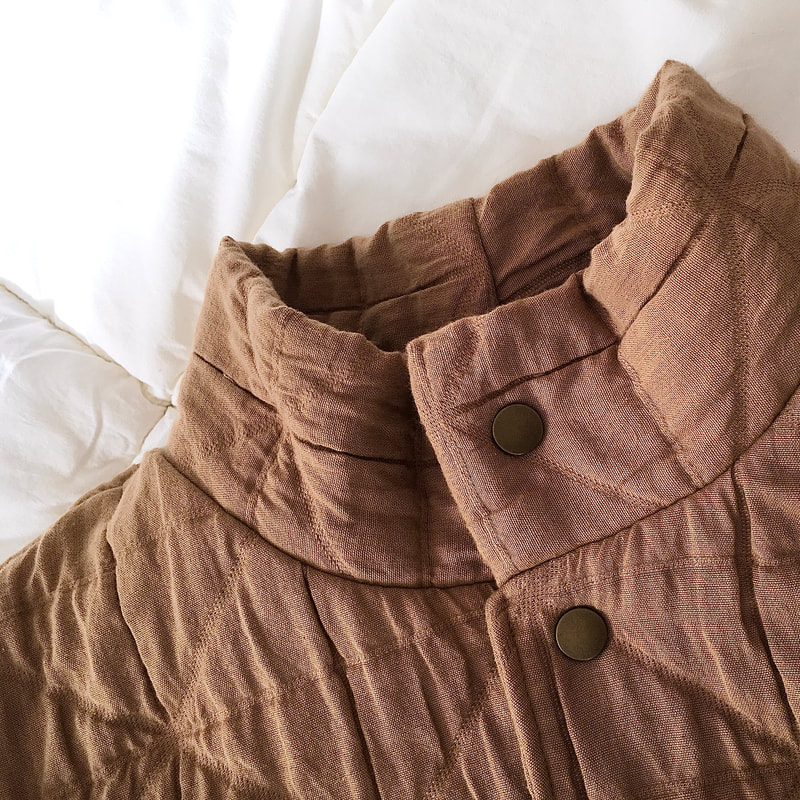
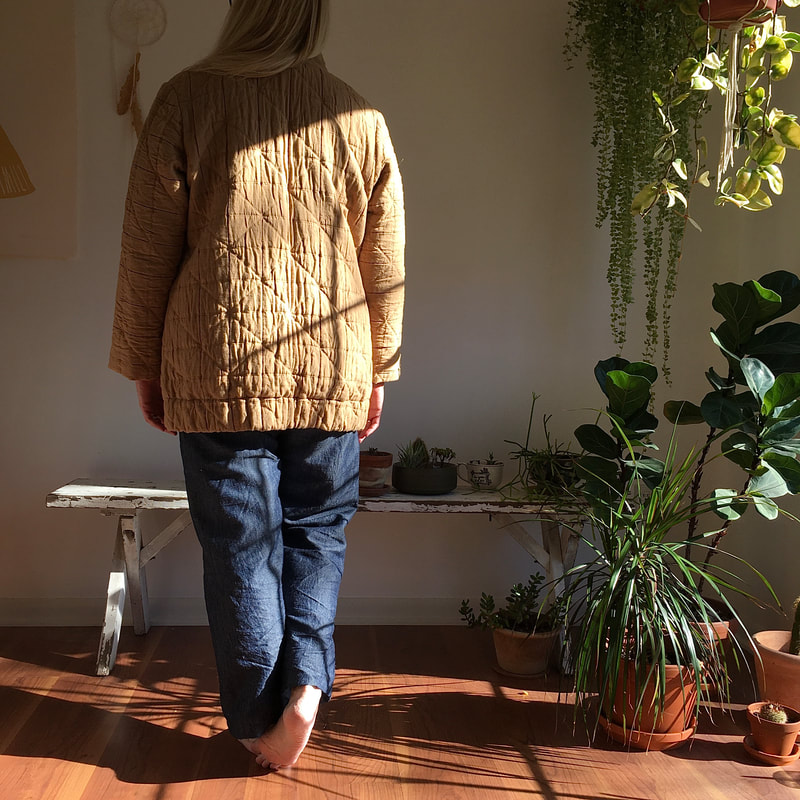
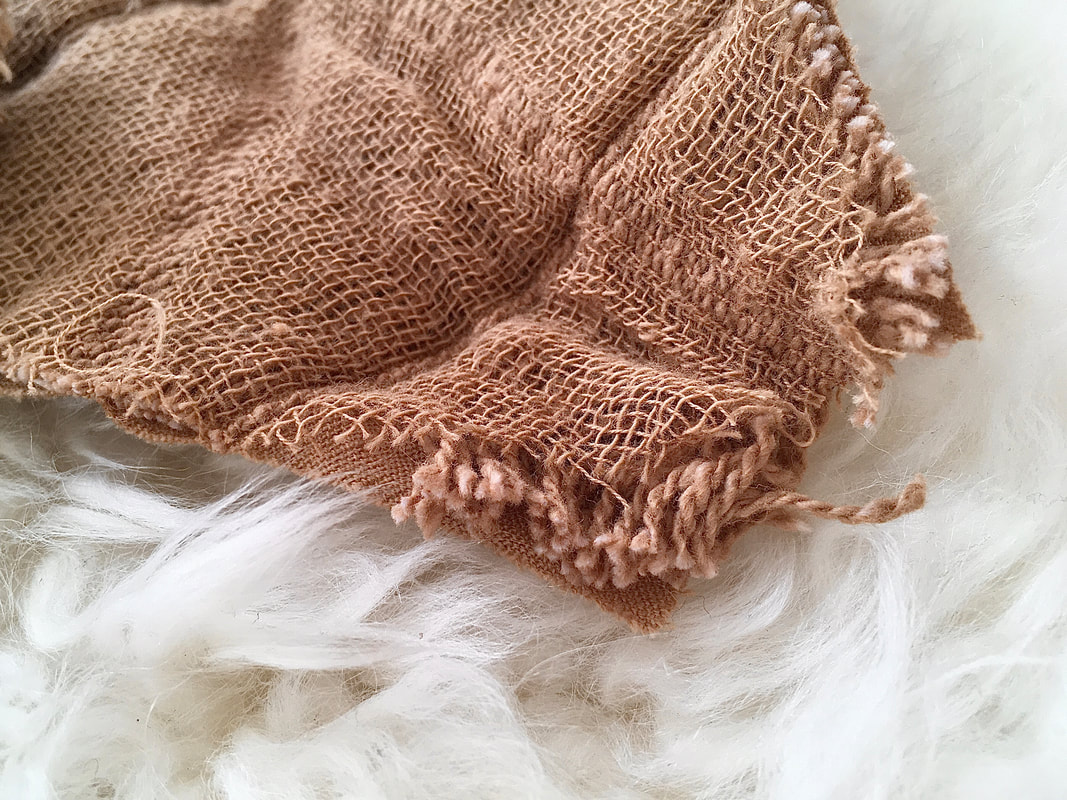
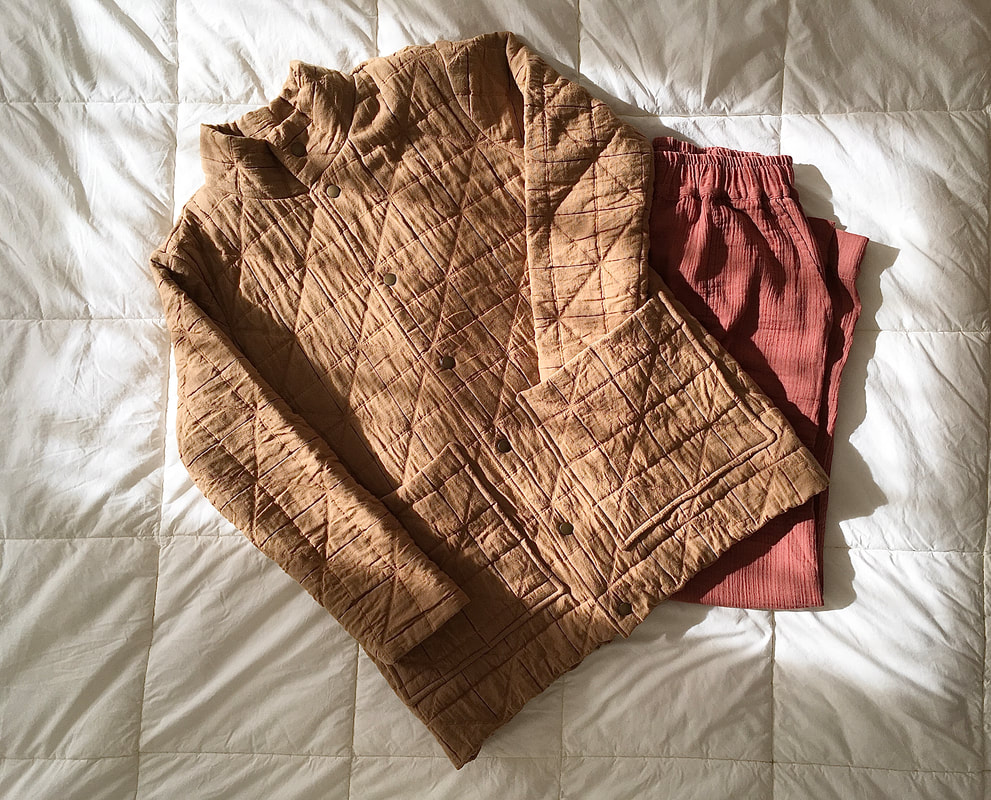
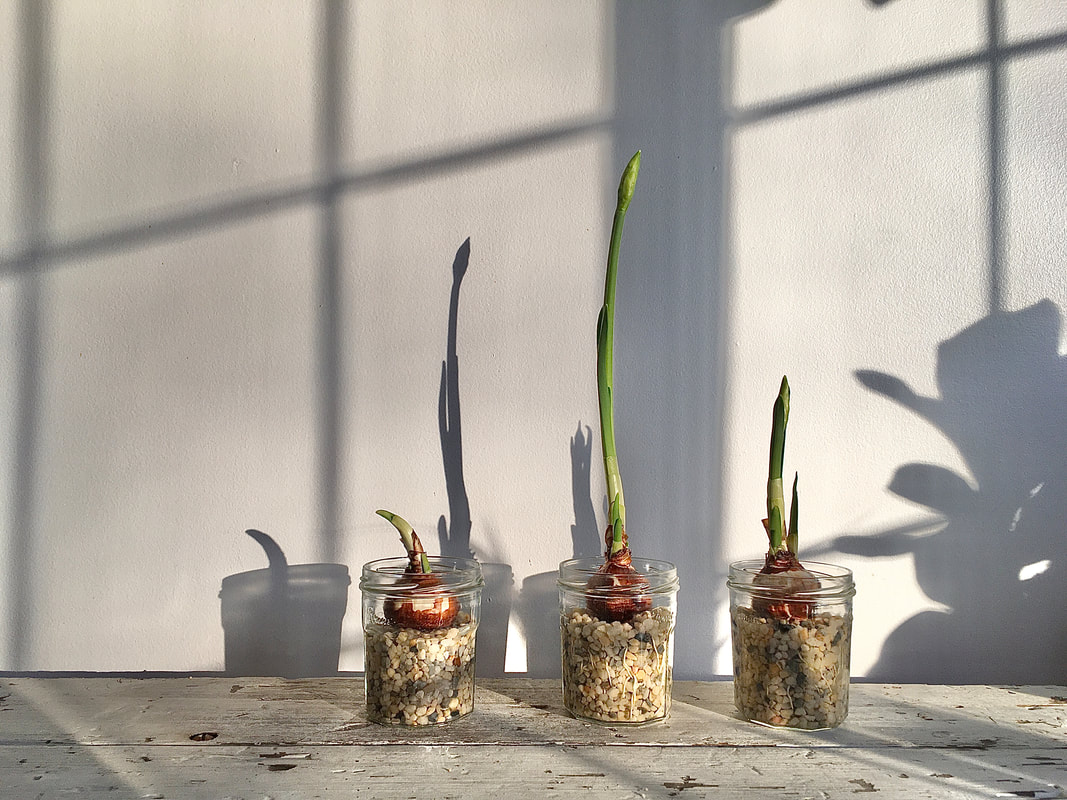
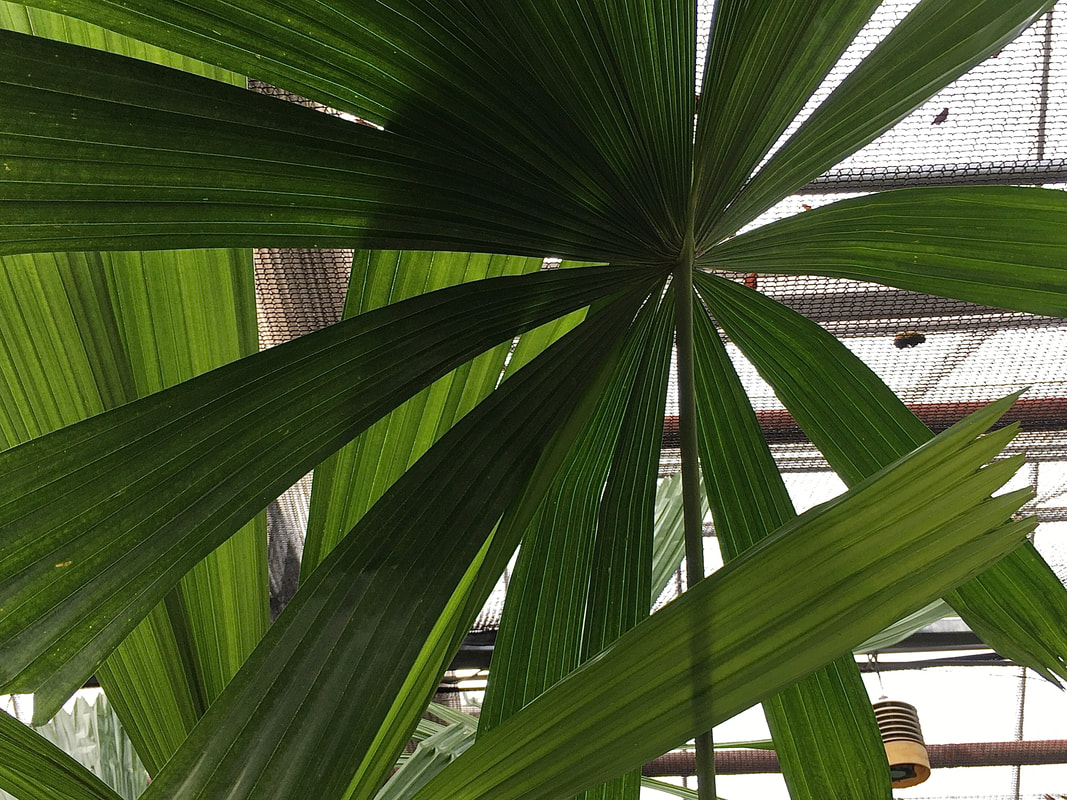
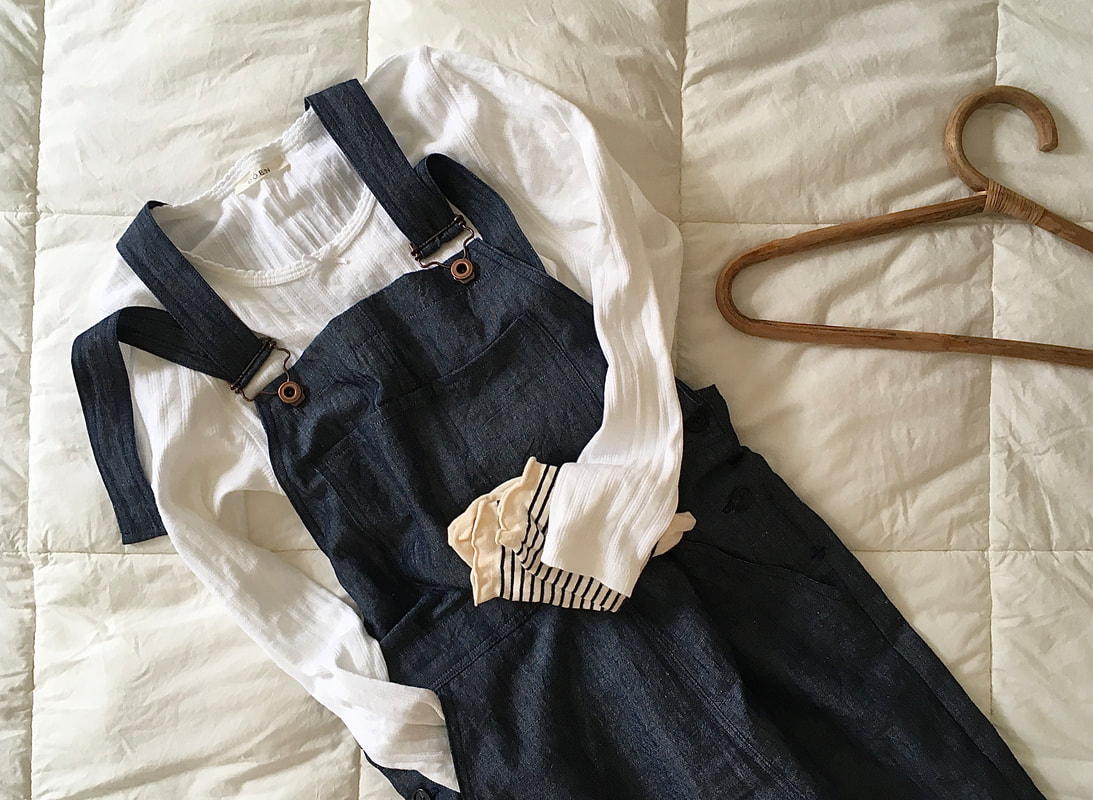

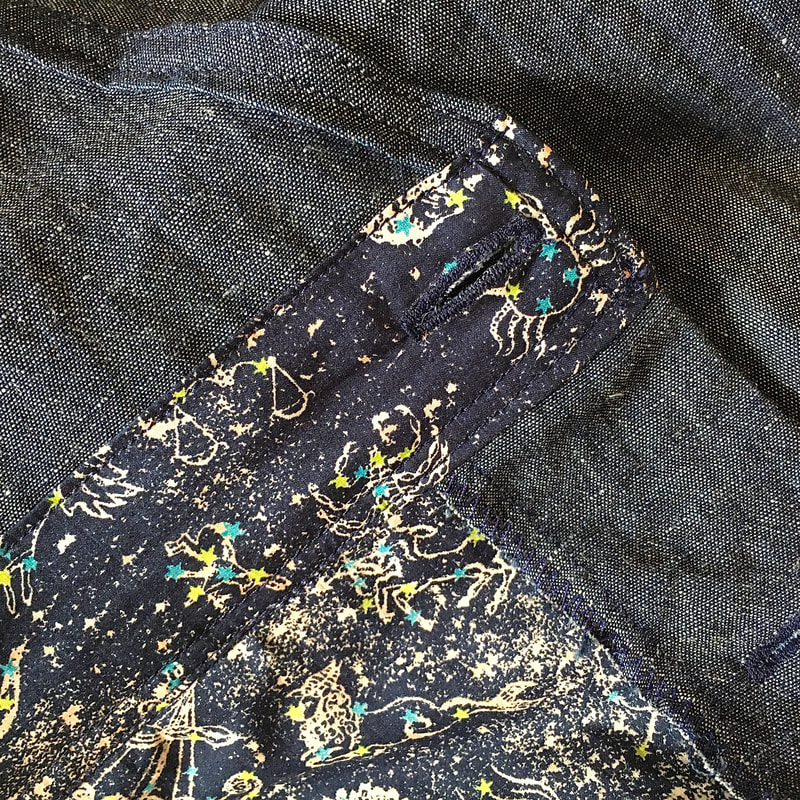
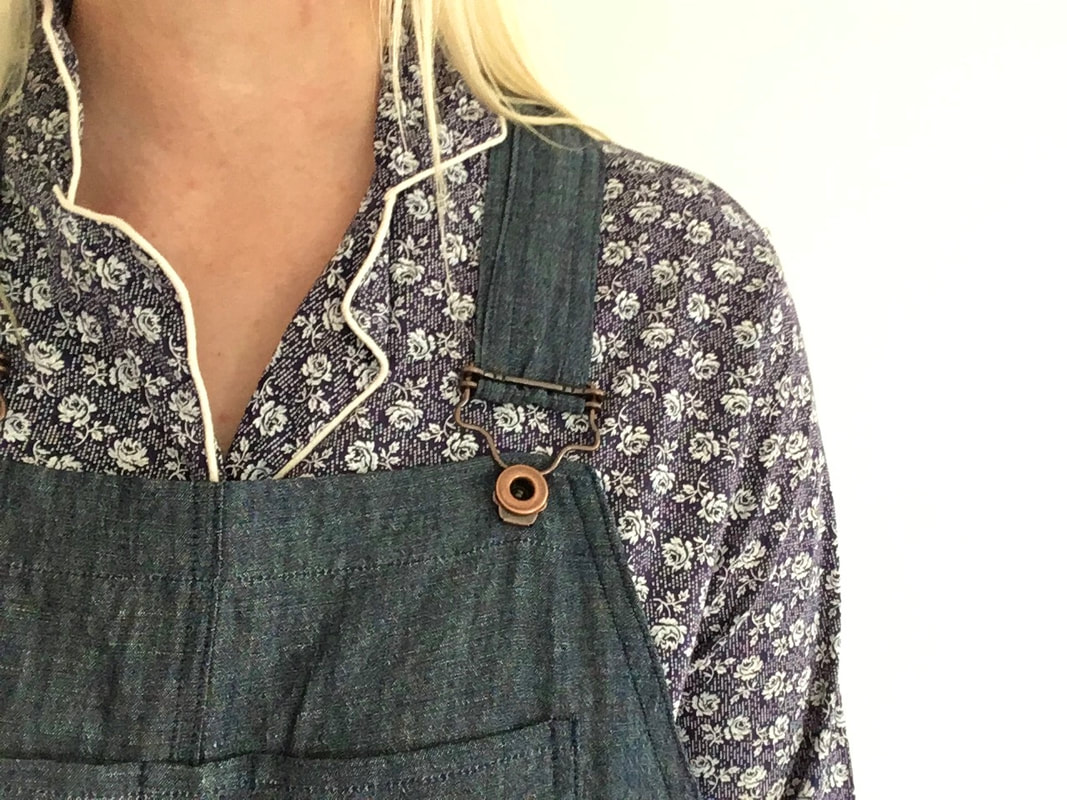
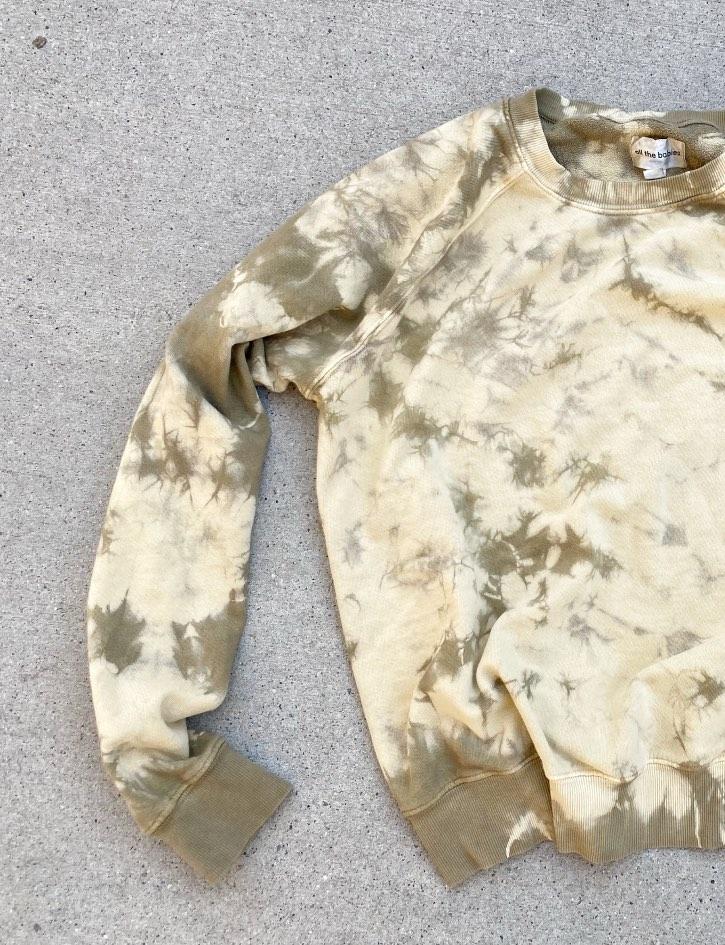
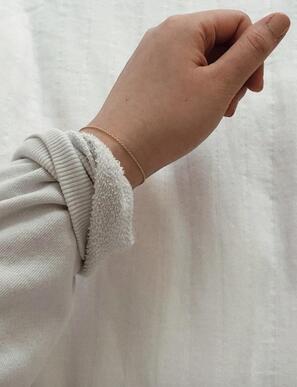
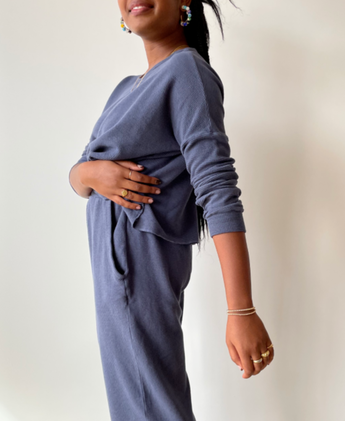
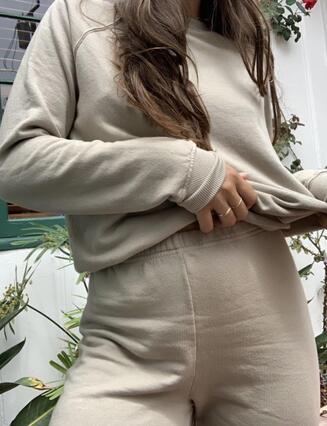
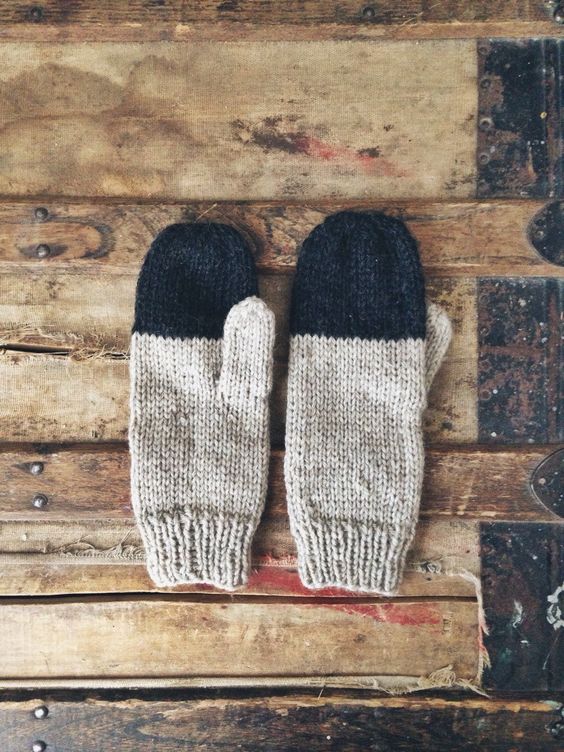
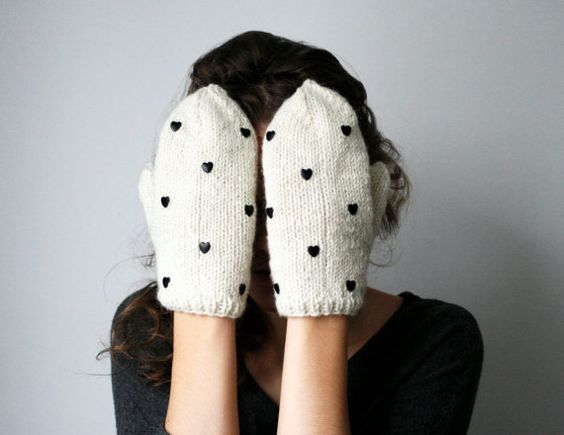
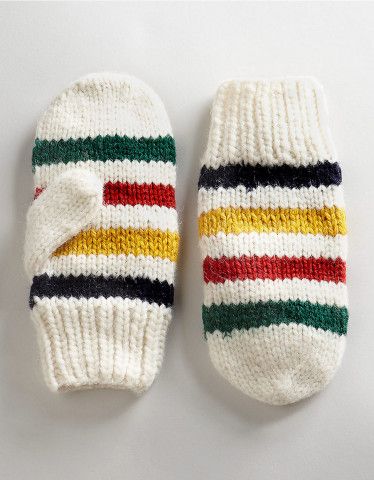
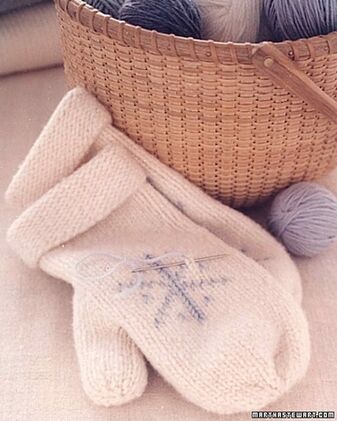
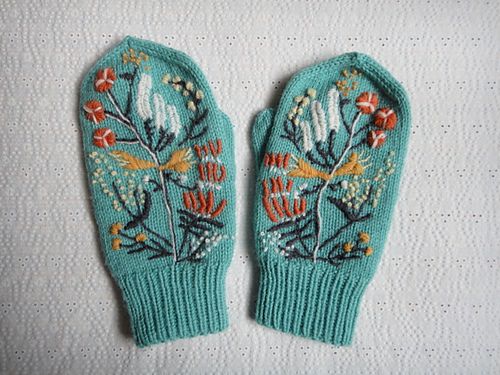
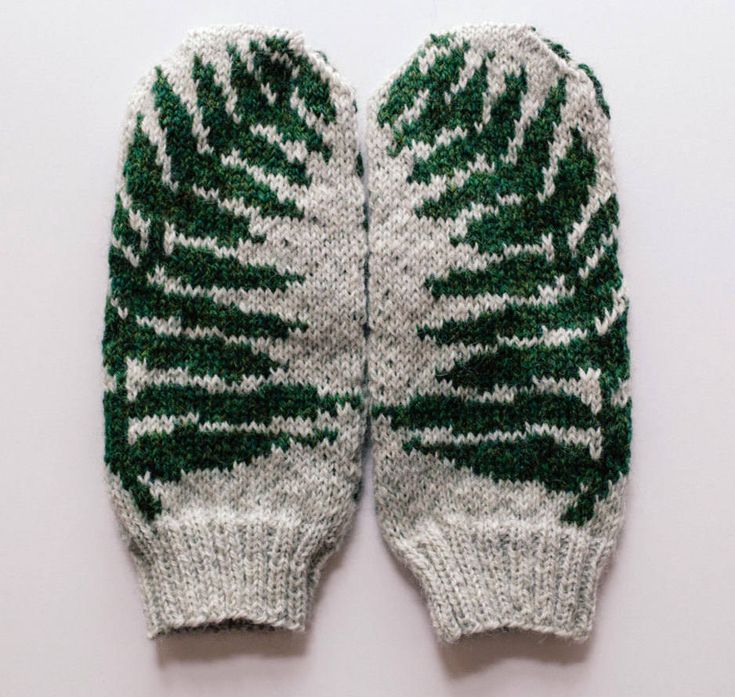
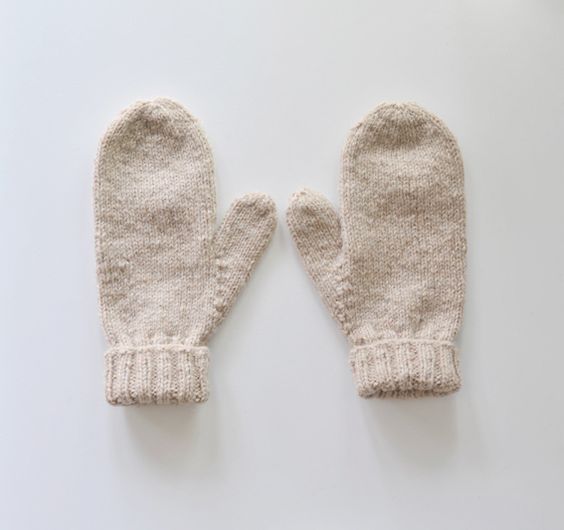
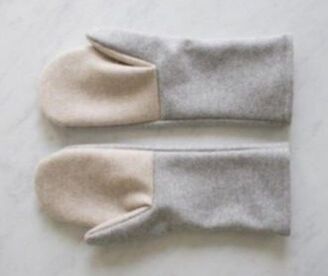
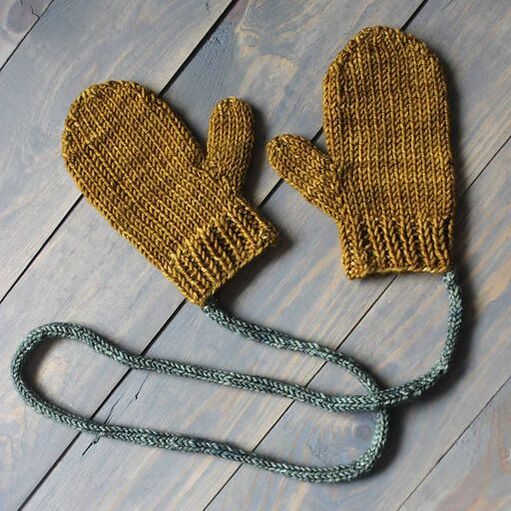
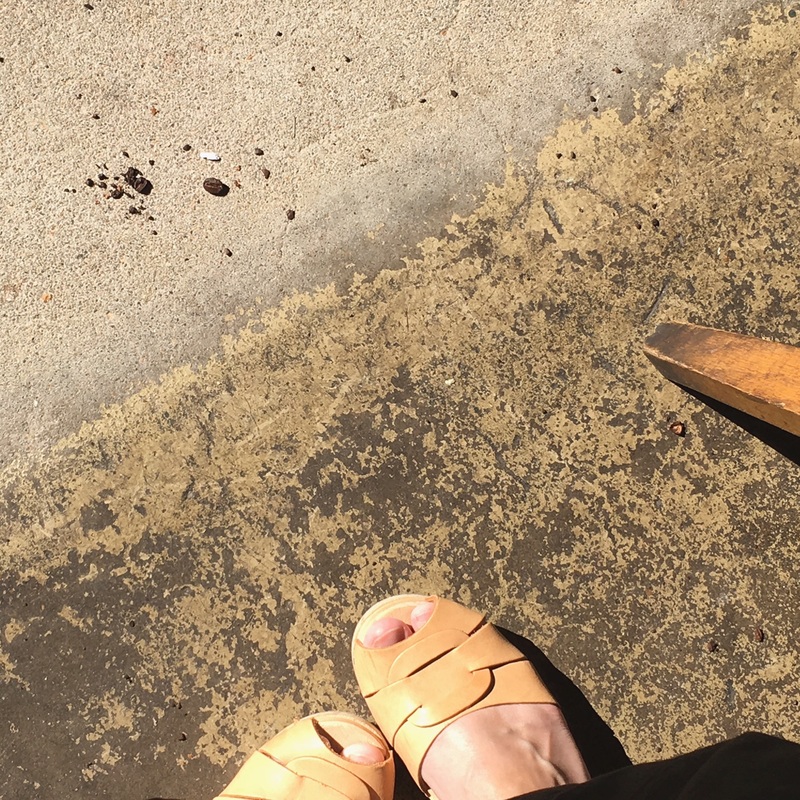
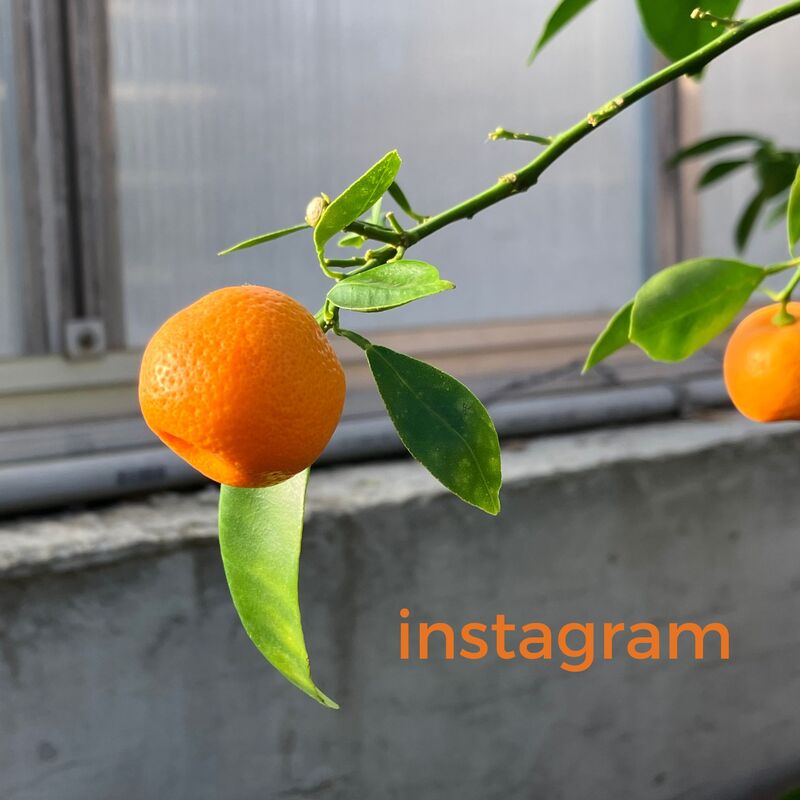
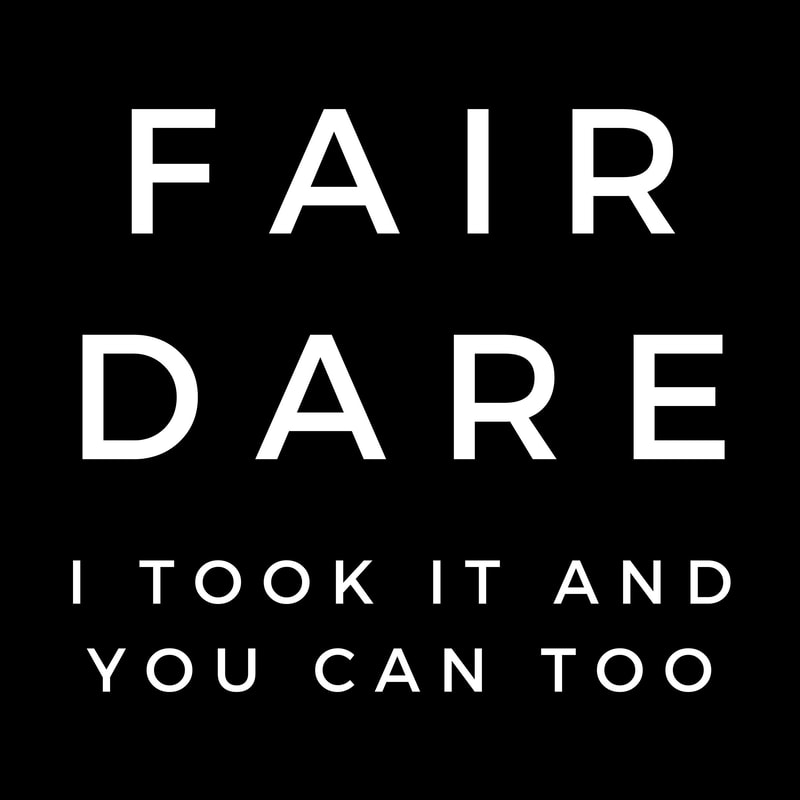
 RSS Feed
RSS Feed